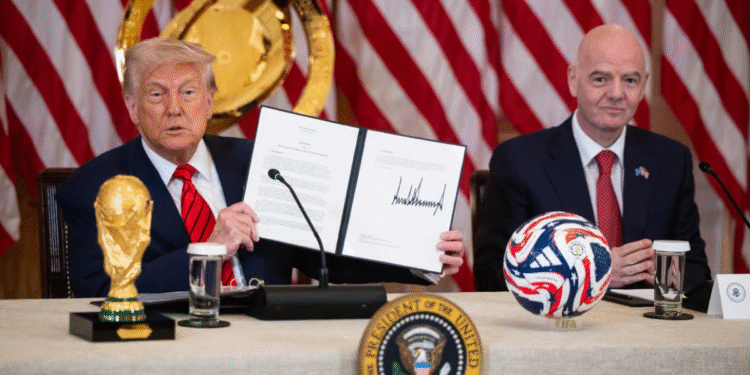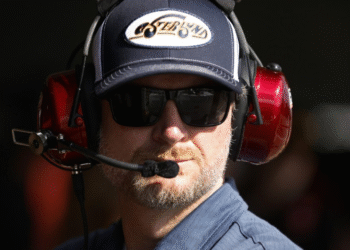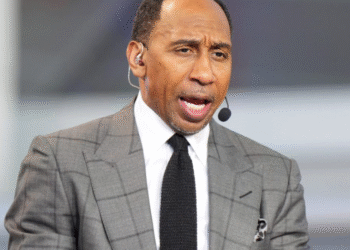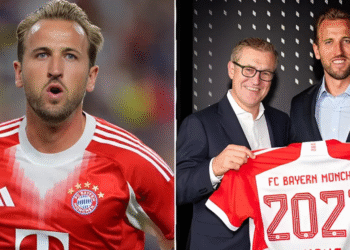The countdown to the 2026 FIFA World Cup is on, and all eyes are on the host nations—Canada, the United States, and Mexico. While this should be a time of pride and preparation, there’s growing concern that Canada and the United States might actually be heading toward more trouble than triumph. For both countries, the pressure to perform on home soil is intensifying, and it’s beginning to expose cracks that many fans and experts hoped wouldn’t show this close to the tournament.
The United States men’s national team has always had a complicated relationship with soccer success. While Major League Soccer has grown in popularity, and American players are now being signed by top European clubs, the national team itself still struggles with consistency. Their recent performances, especially in competitive friendlies and international tournaments, haven’t done much to calm fans’ nerves. Poor decision-making, changing tactics, and leadership questions around the coaching staff have all added fuel to the fire.
Canada, too, is in an uneasy spot. After their breakout appearance at the 2022 World Cup, expectations were raised. People believed this would be the beginning of a new era in Canadian football. But instead of steady progress, the Canadian side has faced internal issues, financial troubles within their football federation, and lackluster results on the field. Their top talents, including Alphonso Davies and Jonathan David, often carry the team—but the overall squad depth and structure are still not where they need to be.
This pressure is different from other years. With both nations set to host the biggest sporting event in the world, the spotlight is even harsher. Stadiums are being built and renovated, campaigns are being run to rally fans, and massive expectations are being placed on the teams to show up and deliver. But are these teams truly ready? Or is the pressure starting to chip away at them before the games even begin?
For the players, the mental strain is real. They are expected not only to perform but to inspire a generation. The idea is that the 2026 World Cup will leave a legacy—a boost in grassroots football, increased global recognition, and stronger local leagues. But when the foundation itself feels shaky, that legacy seems uncertain.
Coaching decisions are also under the microscope. In the US, debates continue over whether the current coaching staff has what it takes to lead the team forward. Critics argue that talent is being wasted, and that tactical decisions are holding the team back. In Canada, it’s not just about coaching but also about overall management. Financial transparency and federation stability are still concerns, which directly impact team focus and morale.
Adding to the tension is the fact that fans are becoming more vocal and demanding. Social media is filled with criticism, suggestions, and frustration from supporters who believe the teams should be further ahead in their development. And with every poor performance, confidence drops a little more.
Then there’s the global stage to consider. When the World Cup begins, Canada and the US won’t just be playing for themselves—they’ll be representing North America. They’ll be hosting football giants, dealing with global media, and trying to make a lasting impression. But will that pressure drive them to greatness or push them into deeper problems?
In the end, both Canada and the United States have potential. But potential alone doesn’t win matches. Preparation, structure, team chemistry, and strong leadership will decide whether these host nations rise or crumble under the spotlight. The next few months are critical. If things aren’t handled well now, the 2026 World Cup could be remembered not for glory, but for what went wrong behind the scenes.























